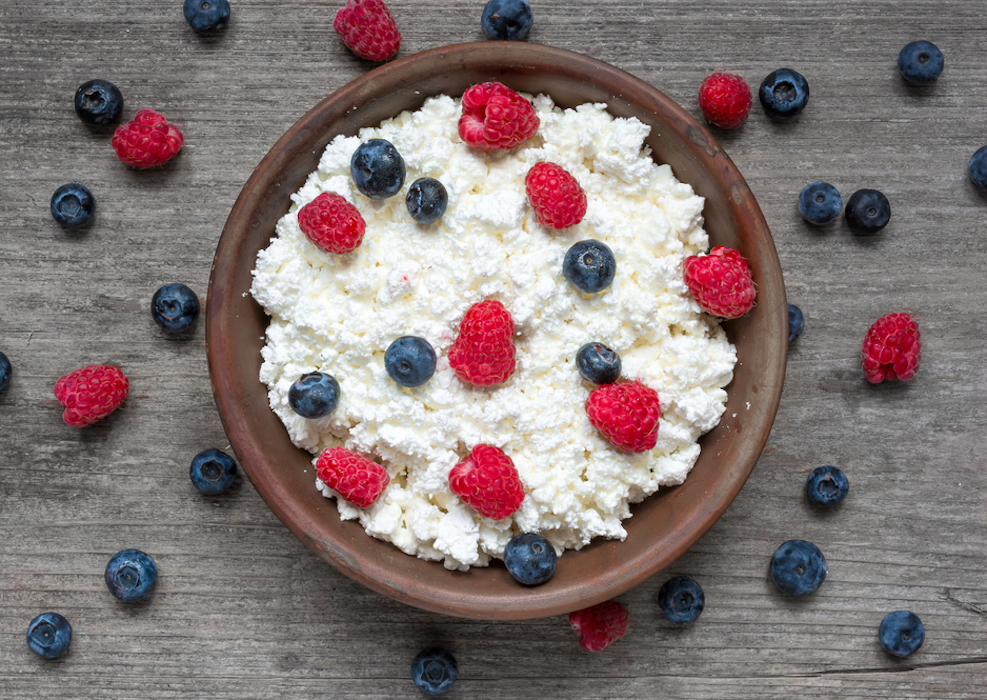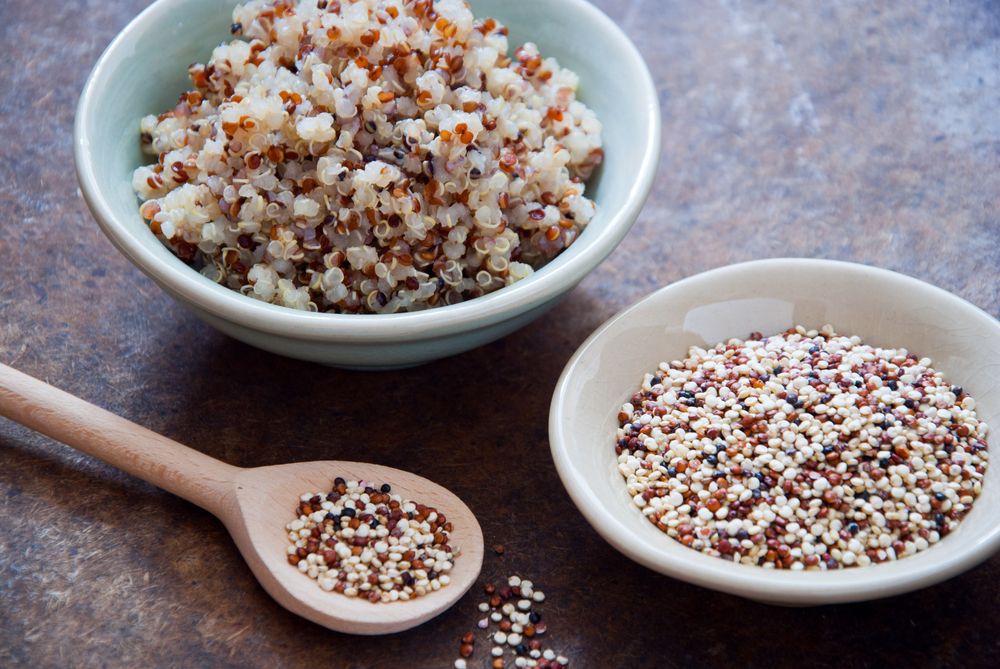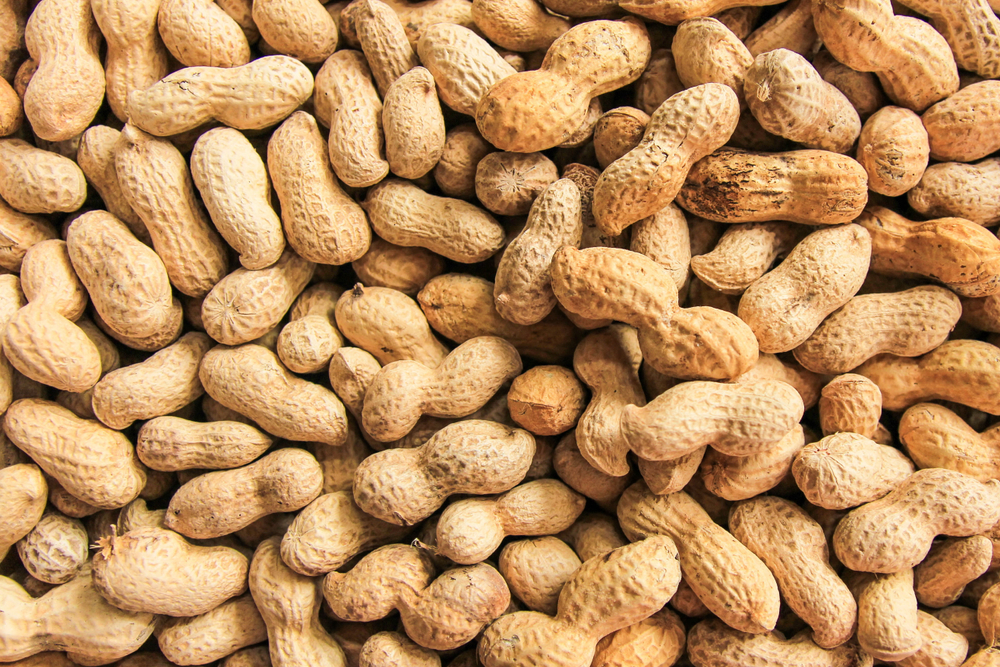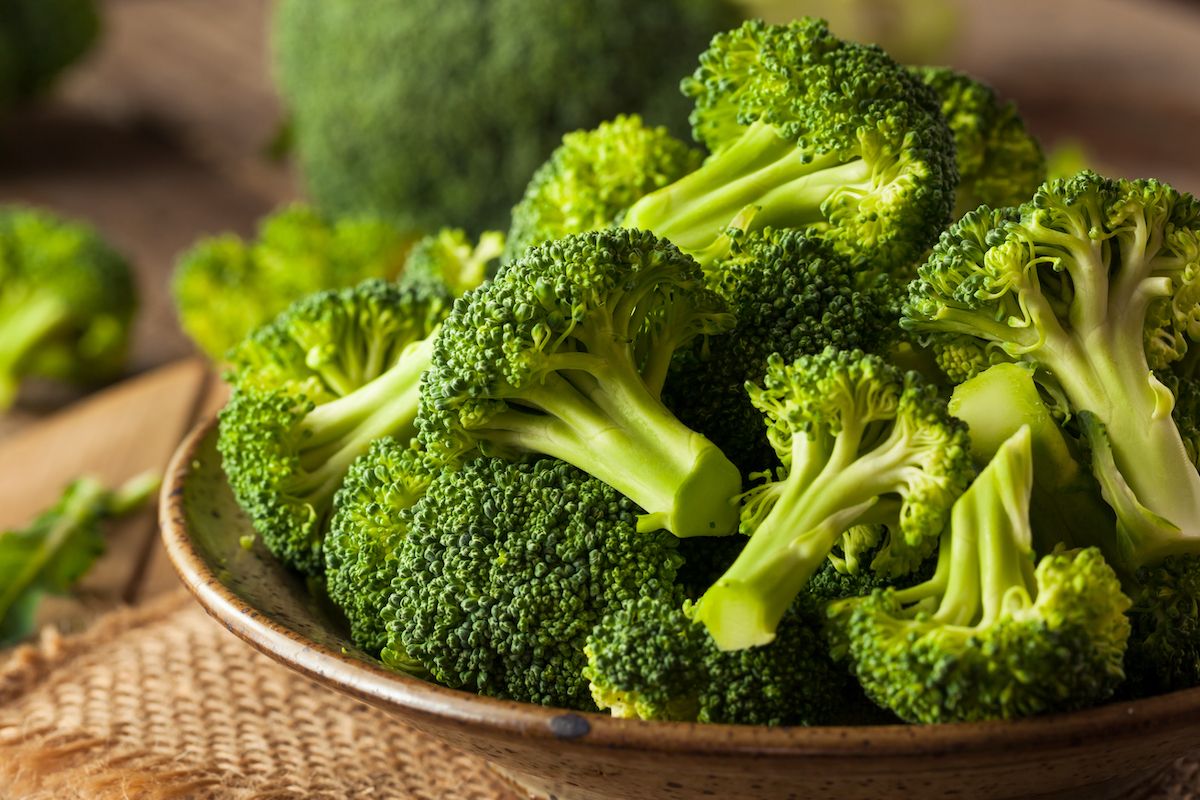Table of Contents
Low Carb vs Keto: What’s The Difference?
Personalized Recommendations: Which One Is Right For You?
Benefits of Low Carb and Keto Diets
Risks of Low Carb and Keto Diets
Common Mistakes
Sample Meal Plans
Low Carb and Keto FAQs
Summary
Low Carb vs Keto: Finding the Right Diet for You
Introduction: Explanation of the Low Carb vs Keto Debate
Low carb and keto diets are both focused on reducing carbohydrate intake, but they differ in terms of their macronutrient ratios. A typical low carb diet may include 20-100 grams of carbohydrates per day, while a keto diet typically limits carbs to 20-50 grams per day and increases fat intake to promote ketosis.
Low Carb vs Keto: What’s the Difference?
While both low carb and keto diets limit carbohydrates, they differ in their approach to macronutrient ratios and overall goals.
Low Carb Diet
A low carb diet typically consists of 20-100 grams of carbohydrates per day, with a focus on moderate protein and high-fat intake. This approach is designed to promote weight loss and improved blood sugar control, while still providing enough energy to support physical activity and daily functions.
Keto Diet
The keto diet, on the other hand, is a very low-carb, high-fat diet that typically limits carbohydrate intake to 20-50 grams per day. The main goal of the keto diet is to induce a metabolic state called ketosis, in which the body burns fat for fuel instead of glucose.
Macronutrient Ratios
The macronutrient ratios of a low carb diet typically consist of 20-30% protein, 40-60% fat, and 10-30% carbohydrates. In contrast, a keto diet typically consists of 5-10% carbohydrates, 20-25% protein, and 70-75% fat.
Food Choices
While both diets limit carbohydrates, the types of foods allowed on each diet can vary. A low carb diet typically allows for a wider range of fruits, vegetables, and grains, while a keto diet generally restricts high-carb foods like fruits, grains, and starchy vegetables.
Overall, the main difference between low carb and keto diets is the degree of carbohydrate restriction and macronutrient ratios. Both diets can be effective for weight loss and improved health outcomes, but it’s important to choose the approach that works best for your individual needs and goals. Consult with a healthcare professional before starting any new diet plan.
How To Choose Between Low Carb and Keto
When deciding between a low carb and keto diet, there are several factors to consider, such as your health goals, lifestyle, food preferences, and any medical conditions you may have. Our personalized recommendations will help you determine which diet is right for you based on your individual needs and goals.
Health goals: Are you looking to lose weight, improve your blood sugar control, or reduce inflammation? For weight loss, a keto diet may be more effective due to its lower carb intake. For improved blood sugar control or reduced inflammation, a low carb diet may be sufficient.
Lifestyle: Are you willing and able to track your macronutrient intake, meal plan, and prepare high-fat meals? A keto diet requires more planning and preparation than a low carb diet due to its strict macronutrient ratios.
Food preferences: Do you enjoy foods that are high in fat and protein, or do you prefer a more balanced approach? A keto diet may be more challenging if you prefer a balanced approach to macronutrients.
Medical conditions: Keto is not usually recommended for those with Type 1 or Type 2 diabetes. If you suffer from either of these conditions the Keto diet can have negative impacts on your health. However, a low carb diet on the upper end of the spectrum of carbs (100g) has been shown to be beneficial for diabetics. Before deciding on any dietary plan consulting your medical doctor is always recommended.
Potential Benefits of Low Carb and Keto Diets
Both low carb and keto diets have potential health benefits, including weight loss, improved blood sugar control, and reduced inflammation. Scientific research supports the effectiveness of these diets in achieving these potential benefits.
Weight loss: Both low carb and keto diets have been shown to be effective for weight loss. In a study published in the Annals of Internal Medicine, participants on a low carb diet lost an average of 8.5 pounds more than those on a low-fat diet after one year. Similarly, participants on a keto diet lost an average of 13.2 pounds in a 12-week study.
Improved Stamina for Exercise: Following a keto or low carb diet can result in quick weight loss and higher levels of fat substrates that enable us to engage in extended periods of slow and steady exercise, which can further aid in fat loss as these types of workouts utilize intramuscular triglycerides and fats as energy sources.
Reduced inflammation: Low carb and keto diets may also help reduce inflammation in the body, which is a risk factor for many chronic diseases. In a study published in the Journal of Lipid Research, participants on a keto diet had reduced levels of inflammatory markers after 12 weeks.
Potential Drawbacks of Low Carb and Keto Diets
While there are plenty of benefits to following a low carb or keto diet, there are also a few potential drawbacks worth considering.
Nutrient deficiencies: Low carb and keto diets may be low in certain nutrients, such as fiber and micronutrients like potassium and magnesium. To avoid nutrient deficiencies, it’s important to incorporate a variety of nutrient-dense foods into your diet, such as leafy greens, nuts, and seeds.
Keto flu: Some people may experience flu-like symptoms, such as headaches, fatigue, and brain fog, when starting a keto diet. To avoid the keto flu, it’s important to stay hydrated, get enough electrolytes, and gradually reduce your carb intake rather than going cold turkey.
Difficulty Maintaining: Low carb and keto diets can be challenging to maintain long-term, especially if you’re used to a high-carb diet. It’s important to have a plan in place to help you stick to the diet and make it a sustainable lifestyle change.
Tips for avoiding these drawbacks and staying on track:
- Choose nutrient-dense foods that are high in fiber, vitamins, and minerals.
- Gradually transition to a low carb or keto diet to avoid the keto flu.
- Incorporate a variety of low carb and keto-friendly foods into your diet to avoid boredom and maintain interest.
- Consider working with a registered dietitian to ensure you’re getting all the nutrients you need while on a low carb or keto diet.
Common Mistakes and How To Avoid Them
Common mistakes people make when following low carb and keto diets include not getting enough fiber, not drinking enough water, and not getting enough electrolytes. Here are a few tips to help you avoid these mistakes.
Not transitioning correctly: Many people don’t transition into a keto diet properly. They may cut out carbs and eat more fats right away, but the body needs time to adjust to using ketones for fuel. This can lead to the body using glycogen instead of fat as fuel, and increased saturated fat intake can negatively impact heart health. To avoid this, it’s best to gradually decrease carbs while increasing fat intake over time.
Not getting enough fiber: Fiber is important for digestive health and can help you feel full and satisfied. To get enough fiber on a low carb or keto diet, incorporate low carb vegetables like broccoli, cauliflower, and spinach into your meals.
Not drinking enough water: Staying hydrated is important for overall health and can also help reduce the risk of the keto flu. Aim to drink at least eight glasses of water per day, and more if you’re active or live in a hot climate.
Not getting enough electrolytes: Electrolytes like sodium, potassium, and magnesium are important for maintaining fluid balance and muscle function. To get enough electrolytes on a low carb or keto diet, incorporate electrolyte-rich foods like avocado and nuts into your meals, or consider taking a supplement.
Eating Too Many Processed Foods: While low carb and keto diets may allow for some processed foods, it’s important to prioritize whole, nutrient-dense foods for optimal health. Processed foods can be high in unhealthy fats and artificial ingredients, which can hinder your progress on the diet.
Sample Meal Plans: Low Carb and Keto Meal Plans for Different Calorie Levels

Here are a few sample meal plans for both low carb and keto diets at different calorie levels. These meal plans include recipe ideas and nutritional information for each meal, so you can get a preview of a day in the life of each diet and enjoy healthy food that’s both convenient and satisfying.
1200 Calorie Low Carb Meal Plan:
Breakfast: Veggie Omelet with Avocado (330 calories, 6g fiber, 21g protein, 4g net carbs)
Snack: Almonds and String Cheese (180 calories, 2g fiber, 12g protein, 4g net carbs)
Lunch: Greek Salad with Grilled Chicken (310 calories, 6g fiber, 26g protein, 8g net carbs)
Snack: Cottage Cheese and Blueberries (120 calories, 2g fiber, 13g protein, 6g net carbs)
Dinner: Lemon Herb Grilled Salmon with Roasted Asparagus (320 calories, 5g fiber, 28g protein, 5g net carbs)
1500 Calorie Keto Meal Plan:
Breakfast: Keto Pancakes with Berries and Whipped Cream (300 calories, 7g fiber, 8g protein, 4g net carbs)
Snack: Deviled Eggs with Bacon (180 calories, 0g fiber, 10g protein, 1g net carbs)
Lunch: Zucchini Noodles with Meatballs and Tomato Sauce (400 calories, 9g fiber, 24g protein, 6g net carbs)
Snack: Chocolate Avocado Mousse (200 calories, 7g fiber, 4g protein, 4g net carbs)
Dinner: Grilled Steak with Garlic Butter and Roasted Broccoli (420 calories, 6g fiber, 31g protein, 5g net carbs)
2000 Calorie Low Carb Meal Plan:
Breakfast: Chia Seed Pudding with Berries and Nuts (420 calories, 17g fiber, 14g protein, 8g net carbs)
Snack: Turkey Roll-Ups with Cream Cheese and Veggies (200 calories, 2g fiber, 12g protein, 3g net carbs)
Lunch: Cauliflower Fried Rice with Shrimp (500 calories, 7g fiber, 30g protein, 12g net carbs)
Snack: Avocado and Salsa with Baked Low Carb Chips (240 calories, 11g fiber, 5g protein, 3g net carbs)
Dinner: Grilled Chicken with Roasted Vegetables and Garlic Aioli (640 calories, 16g fiber, 45g protein, 11g net carbs)
Note: These meal plans are intended for informational purposes only and should not be followed without consulting with a healthcare professional first. Macronutrient needs and caloric requirements may vary depending on individual factors.
Need more ideas? Here’s a full 7-Day Keto Diet Plan.
Low Carb and Keto FAQs
Finally, we’ll answer some common questions about low carb and keto diets to provide you with the information you need to make an informed decision about your diet.
What foods are allowed on each diet? Low carb diets typically allow for a variety of non-starchy vegetables, protein sources like meat, fish, and tofu, and healthy fats like avocado and nuts. Keto diets are stricter in terms of carb intake and focus on high-fat foods like oils, butter, and cheese.
How much weight can you expect to lose? Weight loss on both low carb and keto diets will vary depending on individual factors like starting weight, gender, and age. However, both diets have been shown to be effective for weight loss.
What are the potential side effects of each diet? Potential side effects of low carb and keto diets include nutrient deficiencies, the keto flu, and gastrointestinal issues.
Summary
The low carb vs keto debate is complex and requires careful consideration of individual factors like health goals, lifestyle, and food preferences. By following our personalized recommendations, sample meal plans, and tips for avoiding common mistakes, you can find the right diet for you and enjoy the potential health benefits of a low carb or keto lifestyle.
Can you follow a low carb or keto diet if you have dietary restrictions? It’s possible to follow a low carb or keto diet if you have dietary restrictions, but it may require more planning and preparation. For example, if you’re vegetarian or vegan, you may need to rely on plant-based protein sources and healthy fats like avocado and nuts.
At Fresh N Lean we’re here to help you on your journey to better health, and we believe that healthy food should be just as convenient and satisfying as unhealthy food.
If you want an easy solution for keto meal prep, check out our chef-crafted keto meal plan!
Sources




